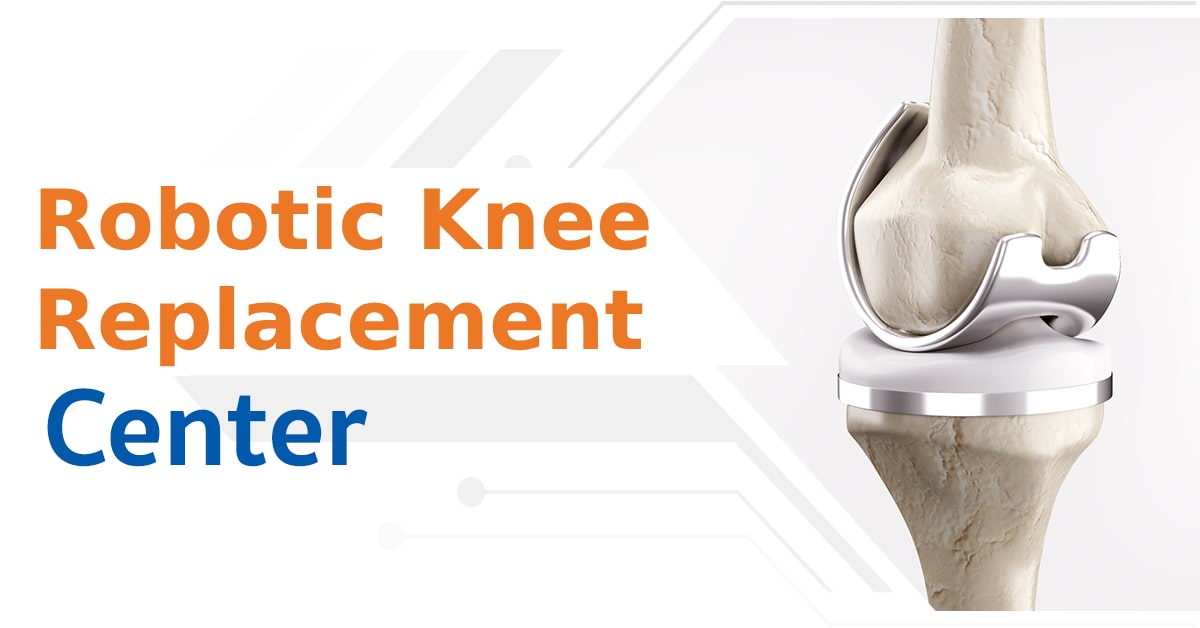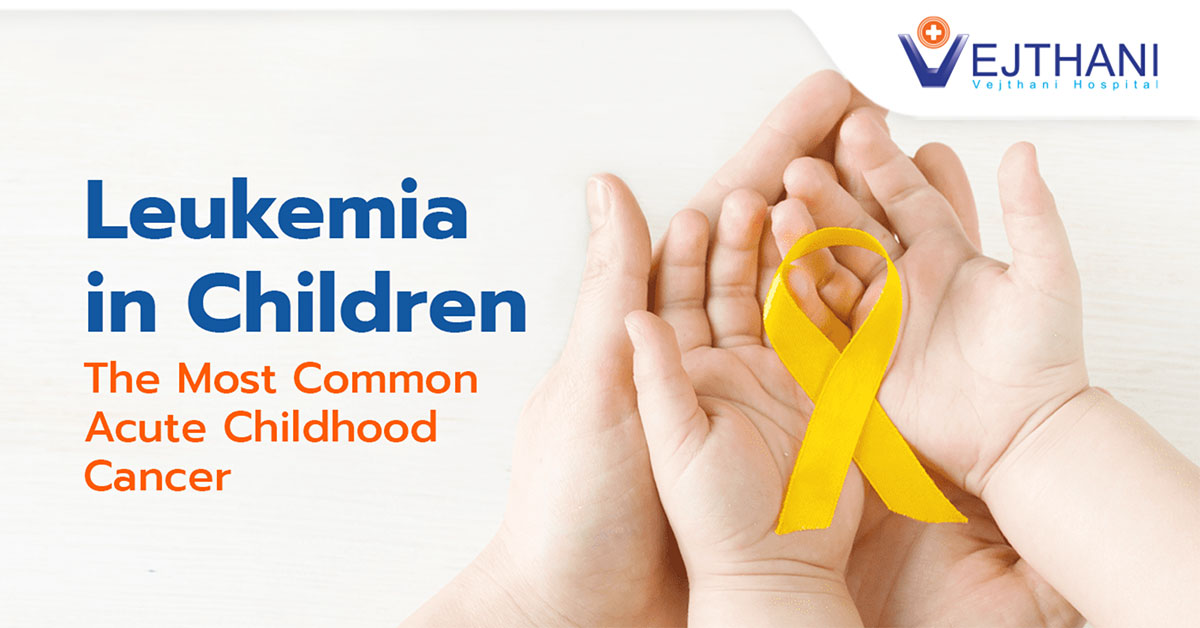
Health Articles
Conduct disorder
Conduct disorder is a psychiatric category marked by a pattern of repetitive behavior wherein the rights of others or social norms are violated.
Symptoms include verbal and physical aggression, cruel behavior toward people and pets, destructive behavior, lying, truancy, vandalism, and stealing.
Conduct disorder is a major public health problem because youth with conduct disorder not only inflict serious physical and psychological harm on others, but they are at greatly increased risk for incarceration, injury, depression, substance abuse, and death by homicide and suicide. The syndrome is not a single medical entity but encompasses various forms of “major misbehaviour”. After the age of 18, a conduct disorder may develop into antisocial personality disorder, which is related to psychopathy. Depressive conduct disorder is a combination of conduct disorder with persistent and marked depression of mood with symptoms such as loss of interest, hopelessness, disturbances in sleep patterns and altered appetite.
Causation
At one time or another most children and adolescents act out or do things that are destructive or troublesome to themselves or others as coping. Every teenager has a coping method; only some of the methods are troublesome or destructive. Such behavior is indicative of conduct disorder only if it persists. This disorder is much more common among boys than girls. As many as 50% of parents of 4 to 6 year-old children report that their child has exhibited such behavior, but most of these children show a decrease in antisocial behavior within the next couple of years.
Those who persist in such behavior may be candidates for psychological help. It is estimated that 5% of children show serious conduct problems, being described as impulsive, overactive, aggressive and engaging in delinquent behavior. Motives for such behavior include genetic inheritance of a difficult temperament, ineffective parenting, and living in a neighborhood in which violence is common. Despite considerable efforts made to help children with conduct disorders, there is lack of consensus on which methods actually work.
A closely linked behavior is juvenile delinquency. This term refers to an adolescent’s tendency to break the law or to engage in illicit behavior, a broad concept that ranges from littering to murder. According to U.S. government statistics, eight of ten cases of juvenile delinquency involve males. However, in the last two decades there has been a greater increase in female than male delinquency.
Juvenile delinquency has been found to vary among cultures. Delinquency rates among minority groups and lower-socioeconomic-status-youth are especially high in proportion to the overall population of these groups. Some suggested causes of delinquency are heredity, identity problems, community influences, and family experiences.
Although delinquency is less exclusively a phenomenon of lower socioeconomic status than it has been in the past, some characteristics of lower-socioeconomic-class cultures may promote delinquency. It is a complex problem, but psychologists have found factors which may predict whether a youth is likely to turn violent. Violent youths are overwhelmingly male and driven by feelings of powerlessness. Ill-directed drives for power often motivate youth especially toward acts of violence.
Conduct disorder is the most prevalent diagnosis of children and adolescents in both outpatient and hospital settings. Behavioral models of conduct disorder focus on the function of early childhood conduct problems. In essence, these models represent a microsocial model of the development of conduct disorder. Using a matching law model of reinforcement, these models have shown that moment to moment success with conflict tactics as being either prosocial or antisocial, predict future conduct problems and arrest rates.
Lack of empathy
Conduct disorder is closely linked to psychopathy, a personality disorder characterized by an abnormal lack of empathy combined with strongly amoral conduct but masked by an ability to appear outwardly normal.
Some scholars have proposed that lack of empathy and empathic concern (callous disregard for the welfare of others) is an important risk factor for conduct disorder.
When youth with aggressive conduct disorder watch an individual intentionally hurting another (like closing a piano lid), regions of the brain that process painful information are activated, as are the amygdala and ventral striatum (part of the neural circuit involved in reward processing). (Decety, Michalska, Akitsuki & Lahey, 2009)
Developmental psychologists and social neuroscientists have hypothesized that empathy and sympathetic concern for others are essential factors inhibiting aggression toward others.
The propensity for aggressive behavior has been hypothesized to reflect a blunted empathic response to the suffering of others. Such lack of empathy in aggressive individuals may be a consequence of failure to be aroused by the distress of others. Similarly, it has been suggested that aggressive behavior arises from abnormal processing of affective information, resulting in a deficiency in experiencing fear, empathy, and guilt, which in normally developing individuals inhibits the acting out of violent impulses.
Recently, a functional magnetic resonance imaging (fMRI) study conducted by neuroscientist Jean Decety and colleagues at the University of Chicago reported that youth with aggressive conduct disorder (who have psychopathic tendencies) have a different hemodynamic brain response when confronted with empathy-eliciting stimuli. In the study, researchers compared 16 to 18 year-old boys (8 persons) with aggressive conduct disorder to a control group of adolescent boys (also 8 persons) with no unusual signs of aggression. The youth with conduct disorder had exhibited disruptive behavior such as starting a fight, using a weapon and stealing after confronting a victim. They were tested with fMRI while looking at video clips (the “video clips” consisted of three still images each) in which people endured pain accidentally, such as when a heavy bowl was dropped on their hands, and intentionally, such as when a person stepped on another’s foot. Results show that the aggressive youth activated the neural circuits underpinning pain processing to the same extent, and in some cases, even more so than the control participants without conduct disorder.However, aggressive adolescents showed a specific and very strong activation of the amygdala and ventral striatum (an area that responds to feeling rewarded) when watching pain inflicted on others, which suggested that they enjoyed watching pain.
Unlike the control group, the youth with conduct disorder did not activate the areas of the brain involved in understanding social interaction and moral reasoning (i.e., the paracingulate cortex and temporoparietal junction).
Psychosocial treatments
One of the key factors in the development and maintenance of the negative behaviors associated with conduct disorder results is reinforcement, whether intentional or not, of the unwanted behaviors. The most effective way of treating disruptive behavior disorders is behavioral therapies Behavioral therapy for children and adolescents focuses primarily on how problematic thoughts or behaviors may accidentally get “rewarded” within a young person’s environment. These rewards or reinforcements often contribute to an increase in the frequency of these thoughts and behaviors. Behavior therapies can be applied to a wide range of psychological symptoms among adults, adolescents, and children. In behavioral therapy, therapists encourage children and adolescents to try new behaviors and not to allow negative “rewards” to dictate the ways in which they act. Furthermore, therapists may work with parents to discontinue ways in which they are unintentionally reinforcing negative behaviors. More information and examples of behavioral therapy are available through the Society for Clinical Child and Adolescent Psychology.























